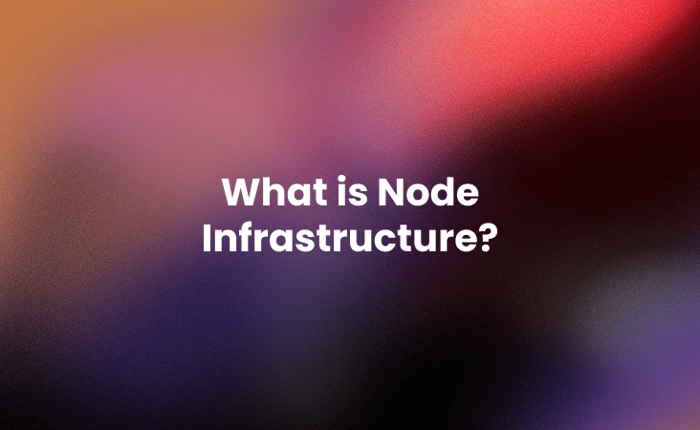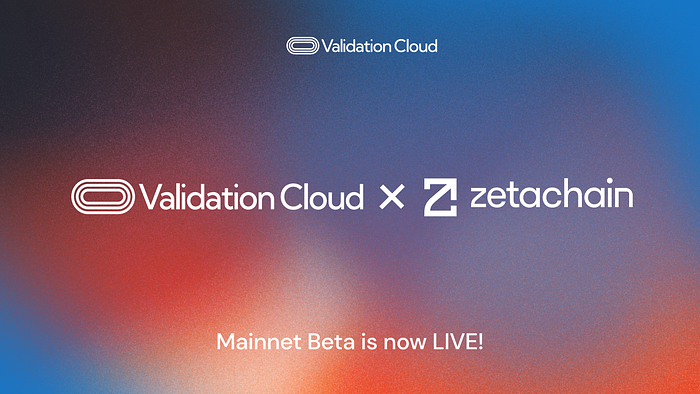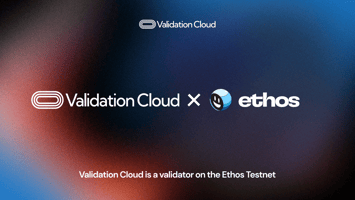As the blockchain ecosystem continues to expand, the need for seamless interoperability across...
What is Node Infrastructure?

This series aims to educate the community about the intricate infrastructure that supports the millions of users within the blockchain ecosystem. We hope to share the knowledge our team has gained as pioneers in the proof of stake space, while also building the world’s fastest node infrastructure. Through our efforts, our hope is to demonstrate the wide-ranging benefits for all individuals who join the Web3 revolution.
Introduction
Around five billion people worldwide use the internet in some shape or form, yet how many people have stopped to ponder how the internet actually works? Similarly, in today’s world, an increasing number of people actively participate in blockchains for tokenizing real world assets, trading digital assets, exploring the metaverse, and utilizing DeFi applications. But what mechanisms enable these interactions?
Researchers have found that over 40,000+ nodes establish connections for approximately 80 million end-users across the world to various blockchains in the ecosystem. Similar to broadband, a node acts as an invisible bridge, linking individuals to a blockchain network.
What exactly is a node?
Nodes are trusted, decentralized connections to the blockchain that keep track of the ledger of all the network’s transactions. The more nodes there are, the more people there are validating and keeping track of the transactions, ultimately enhancing the network's overall integrity. Core developers, miners, validators, and other infrastructure providers and supporters of the blockchain ecosystem primarily run these nodes. There are several different types of nodes including Full Nodes, Archive Nodes, Pruned Nodes, and Light Nodes.
How does node infrastructure work?
In the near future, most everyday users of applications built on a blockchain won’t even know what chain they are interacting with, let alone how their node is working. Additionally, for more advanced users today that simply want to buy or sell digital assets, connect to DApps, or mint NFTs, setting up their own node might be beyond their technical expertise. Fortunately, this is where node infrastructure comes into play, enabling end-users to leverage pre-existing nodes operated by others. This eliminates the need for users to concern themselves with the complexities of setting up and managing their own complex infrastructure.
Who Needs a Node?
The answer is simple: everyone! Whether it’s a user of Starbucks’ innovative Odyssey program, which tracks rewards as NFTs on the Polygon network, a trader seeking connectivity to a specific chain for trading purposes, or a data analytics firm collaborating with exchanges and law enforcement to identify and halt suspicious activity — there’s a use-case for every individual engaging with Web3. In onboarding each of these users, the presence of enterprise-grade node infrastructure becomes essential.
In the past, someone may have been easily able to run their own Bitcoin or Ethereum node from their laptop at home. However, as digital assets’ underlying technology and performance continue to improve (IE: Ethereum increasing from ~15 to ~100,000 TPS after the merge) the node infrastructure space powering these transactions and enabling users must keep up. Just as broadband providers have continually innovated over the decades to improve cable and internet connections, node infrastructure plays a pivotal role as the most vital component of the blockchain ecosystem. It must adapt and evolve to support the increasing demands of transactions and users.
About Validation Cloud
Validation Cloud is a Web3 data streaming and infrastructure company that connects organizations into Web3 through a fast, scalable, and intelligent platform. Headquartered in Zug, Switzerland, Validation Cloud offers highly performant and customizable products in staking, node, and data-as-a-service. Learn more at Validationcloud.io | LinkedIn | X


